Home>Ideas and Tips>Outdoor Living: Extend Your Interior Style
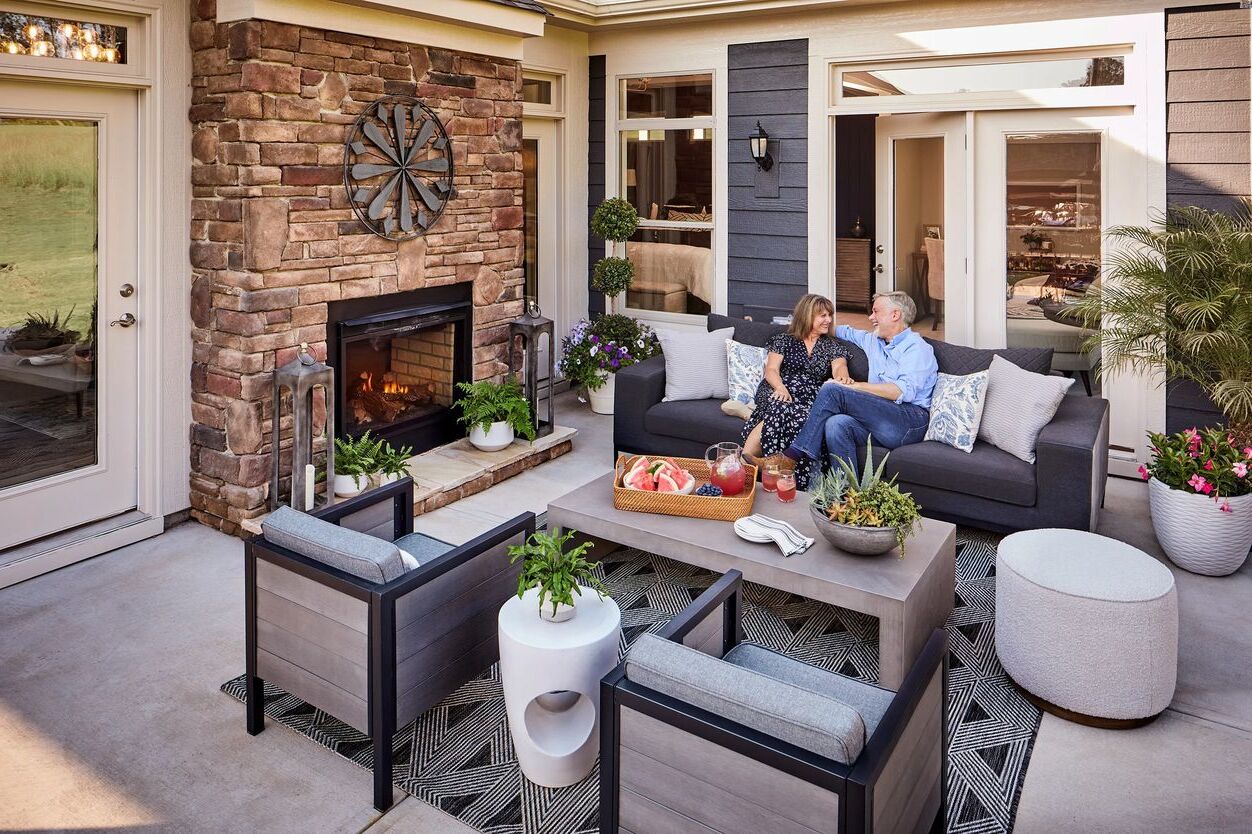

Ideas and Tips
Outdoor Living: Extend Your Interior Style
Published: October 21, 2024
Create a seamless indoor-outdoor living space with design tips on furniture, lighting, and landscaping to enhance your home's style and functionality.
(Many of the links in this article redirect to a specific reviewed product. Your purchase of these products through affiliate links helps to generate commission for Storables.com, at no extra cost. Learn more)
Creating an outdoor living space that seamlessly integrates with your interior design is a fantastic way to enhance your home's functionality and aesthetic appeal. By blending the comfort and style of your indoor spaces with the freshness and freedom of the outdoors, you can create a sanctuary that reflects your personal taste and lifestyle. In this article, we will explore the key elements and design strategies to help you extend your interior style into your outdoor living areas.
The Concept of Indoor-Outdoor Living
The essence of indoor-outdoor living lies in creating a living space that is not confined by walls. It's about opening up your home so that the outdoors becomes an extension of your indoor living area. This concept is rooted in the idea that our living spaces should enhance our connection with nature, promote well-being, and provide a sanctuary that is both restful and invigorating.
Embracing indoor-outdoor living means designing versatile spaces where the boundaries between inside and outside blur. Large glass doors and windows, sheltered patios, and the strategic use of materials and textures all play a role in crafting a home that celebrates the outdoors no matter what the season. The charm of this concept is that it can be adapted to any lifestyle, whether you are in a bustling city apartment with a balcony or a sprawling country house with acres of green.
Read more: Extend Your Interior Style To Outdoor Spaces
Setting the Stage: Defining Your Outdoor Room
To create a true outdoor room, there needs to be defined boundaries. This starts with the floor and can be achieved by using a variety of materials, including wooden or composite decking, stones, pavers, bricks, or even artificial turf. Most current landscape paver trends are inspired by popular indoor looks, so while old world or farmhouse styles are losing steam, more modern looks—clean lines and sleek shades—are in. The latest textures resemble indoor favorites; for instance, you can now get porcelain pavers in popular wood-grain textures.
When determining the size of your outdoor room, think about how you’ll be using the space. For dining tables, it’s best to have at least three feet of space on each side to accommodate chairs and foot traffic. If you plan to host small, intimate dinner parties or seek a small lounge area, you don’t need to plan for a massive entertaining space.
Add a Roof: Enhancing Comfort and Privacy
To help further define the space and add comfort, a roof—or the suggestion of a roof—is recommended. Whether it’s an actual roof attached to your house or a custom canvas awning, the privacy, shade, and protection from inclement weather will go a long way toward making your outdoor room an extension of your home. For more of a garden look, consider a pergola, which adds definition and will provide dappled shade with future vine growth.
Mood Lighting: Extending Enjoyment into the Evening
Extend your outdoor enjoyment as the sun sets with the right kind of lighting. Rather than spotlights or bright overhead fixtures, go with a more subtle look for an outdoor room. Professionally installed landscape lighting can be unseen at its source but cast just the right amount of light on focal points, plants, or outdoor living structures you need to see to navigate the space. Lighting in the right tones, such as golds over whites, can also bring a soothing vibe and calming mood to the space.
Aside from allowing you to entertain after dark, lighting systems enhance the natural beauty of the garden, highlighting decorative features on your patio and illuminating beautiful trees in your yard to create alluring ambiance.
Creature Comforts: Furniture and Accessories
Once the foundation of your outdoor room is in place, it’s time to add furniture and accessories, which will truly transform the area into the living space you envision. Look for comfortable furnishings and easy-care fabrics for a practical yet welcoming look. Consider an outdoor rug made of synthetic material to make the space look even more room-like.
While neutral tones are relaxing, a splash of color keeps things interesting. Give the room a fresh look with graphic cushions and pillows or pops of color in eye-catching planters. You can create extra ambiance with greenery like hanging planters and trailing vines, as well as candles, artwork, and other finishing touches.
Just keep in mind that your outdoor room should serve as an extension of your home, so strive for complementary designs that create a natural flow between the indoors and outdoors.
Maximizing Natural Light
To truly embrace indoor-outdoor living, maximizing natural light is essential. Consider installing skylights, large windows, or bi-fold doors to flood your interior spaces with sunlight. Not only does this connect you with the outdoors but also helps make your rooms feel larger and more open.
Using Materials That Transition Well Between Indoors and Outdoors
The materials you choose should transition smoothly between your indoor and outdoor spaces. Natural materials like wood, stone, and slate can be used in both areas to create a sense of continuity. When selecting furnishings, opt for pieces that could easily belong indoors or outdoors, further blurring the lines between the two.
Selecting a Harmonious Colour Palette
A harmonious colour palette creates a seamless transition between indoor and outdoor living spaces. Choose colours that are inspired by nature and present in both your interior and exterior design. Soft greens, earthy browns, and sky blues are excellent choices that reflect the natural world and promote cohesion.
Incorporating Textures and Fabrics Suitable for Both Environments
Textures and fabrics play a significant role in uniting indoor and outdoor spaces. Opt for durable, weather-resistant fabrics for outdoor furniture that could also look at home indoors. Use similar textures, such as wicker or rattan, in both areas to tie the spaces together visually.
Read more: How To Update Your Living Room
Accessorising to Enhance the Indoor-Outdoor Experience
Accessories can greatly enhance the indoor-outdoor experience. Consider adding elements like outdoor rugs, cushions, and throws that could just as easily belong in your living room. Mirrors can also be used outdoors to reflect greenery and light, further integrating the two areas. Remember to choose accessories that can withstand the elements while still complementing your interior décor.
Creating Functional Outdoor Rooms
Think of your outdoor space as an extension of your indoor rooms. Designate areas for various activities, such as lounging, dining, cooking, or even working. Use outdoor furniture and décor that mirrors your interior style to create a sense of cohesion.
For example, if you have an outdoor kitchen, consider installing a grill, countertop, and storage to make cooking and dining alfresco a breeze. Create an outdoor seating area with comfortable furniture and textiles like cushions and throws. It’s the perfect spot for reading, enjoying a glass of wine, or simply unwinding.
Paying Attention to Lighting
Effective lighting is key to enjoying your outdoor spaces in the evening. Incorporate outdoor lighting that complements your interior fixtures. This not only enhances the functionality of your outdoor area but also contributes to the overall design aesthetics.
Landscaping Thoughtfully
Landscaping plays a crucial role in the integration of indoor and outdoor spaces. Planting trees, shrubs, and flowers strategically can provide privacy, shade, and a sense of enclosure. Consider a garden path that leads from inside to outside, blurring the boundaries further.
Bringing the Outdoors Inside Your Home
Bringing the outdoors inside your home not only enables you to enjoy the beauty of nature year-round but also has a positive impact on your well-being. The connection with the outdoors promotes a sense of serenity and can alleviate stress.
To achieve this, incorporate natural elements like plants and indoor gardens. Adding greenery enhances the aesthetic appeal of your home and promotes tranquility and freshness. Whether you choose small potted plants, hanging baskets, or a full-blown indoor garden, the presence of nature indoors can have a transformative effect on your living space.
Another way to bring the outdoors in is by optimizing your window treatments. Choosing the right curtains, blinds, or shades can enhance your outdoor views and invite natural light to fill your rooms. Consider using sheer curtains to allow ample sunlight to filter through while still maintaining privacy, or select blinds that can be easily adjusted to control the amount of light and privacy you desire.
FAQ: Common Questions About Indoor-Outdoor Living
Can I Use Indoor Furniture for My Outdoor Living Spaces?
While it’s tempting to bring your favorite indoor furniture outside, it’s important to choose pieces specifically designed for outdoor use. Outdoor furniture is built to withstand the elements and is made from weather-resistant materials. Using indoor furniture outside can quickly lead to damage and deterioration.
How Can I Create a Seamless Indoor-Outdoor Transition?
To create a seamless transition between your indoor and outdoor spaces, consider using similar design elements such as flooring materials, color palettes, and furniture styles. Incorporating large windows, sliding doors, or folding glass walls can help blur the boundaries and bring the outdoors in. Removing obstacles like steps or thresholds can also create a smoother transition.
By following these tips and design strategies, you can extend your interior style into your outdoor living areas, creating a harmonious balance between nature and your indoor living spaces. Whether you prefer a contemporary aesthetic or a more traditional style, staying informed about current trends can provide inspiration for your own outdoor decor. Remember to select products that will withstand time and weather, as these will be the backbone of your indoor-outdoor living space. And don’t forget to personalize—this is your haven, a reflection of your taste and lifestyle, so infuse it with elements that bring you joy.
In conclusion, creating an outdoor living space that extends your interior style is not only aesthetically pleasing but also enhances your overall quality of life. By incorporating natural elements, maximizing natural light, using consistent flooring materials, and paying attention to lighting and landscaping, you can create a seamless transition between indoors and outdoors. So go ahead and bring the beauty of nature into your home; it’s time to elevate your exterior decor and enjoy the ultimate lifestyle experience.
Was this page helpful?
At Storables.com, we guarantee accurate and reliable information. Our content, validated by Expert Board Contributors, is crafted following stringent Editorial Policies. We're committed to providing you with well-researched, expert-backed insights for all your informational needs.
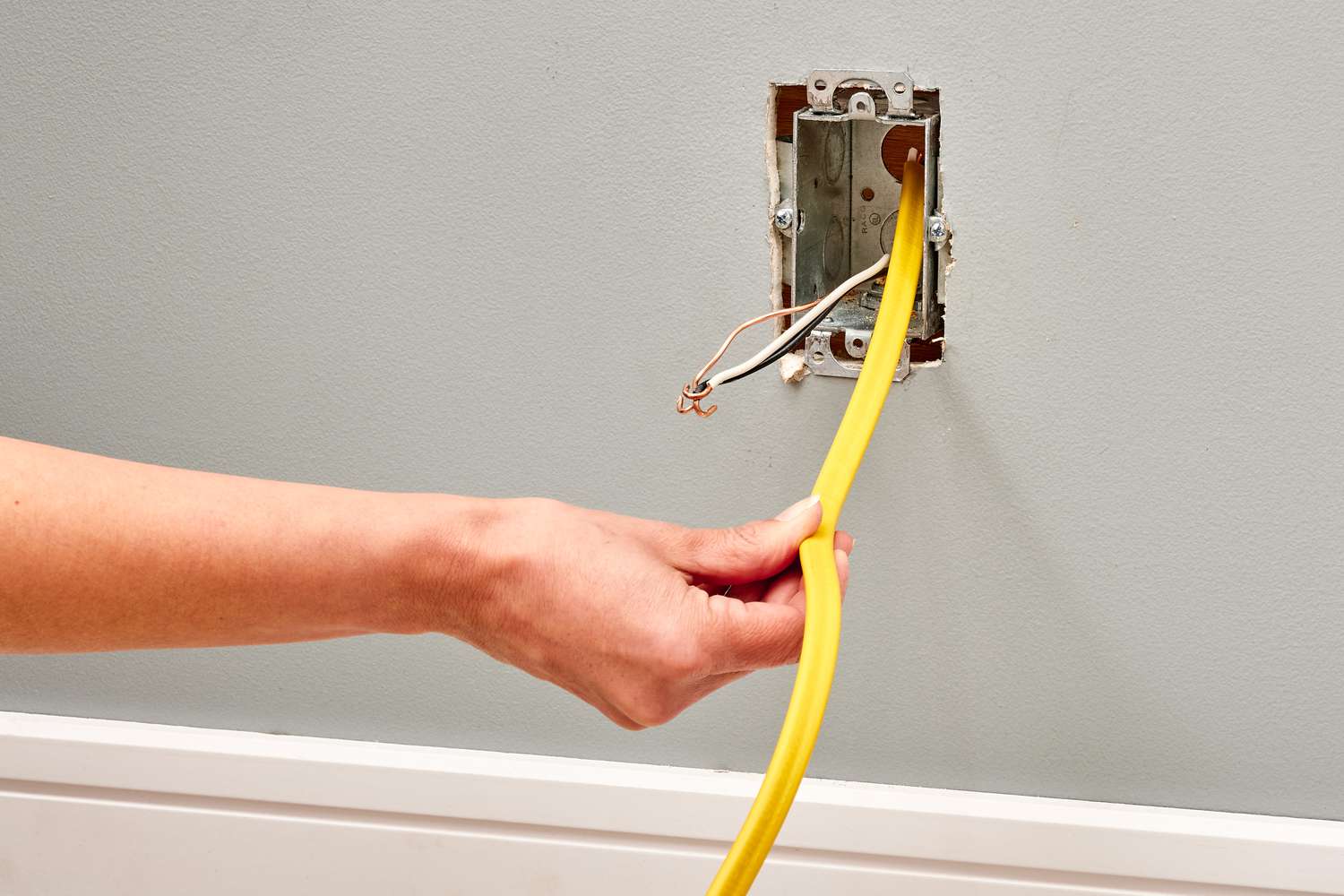
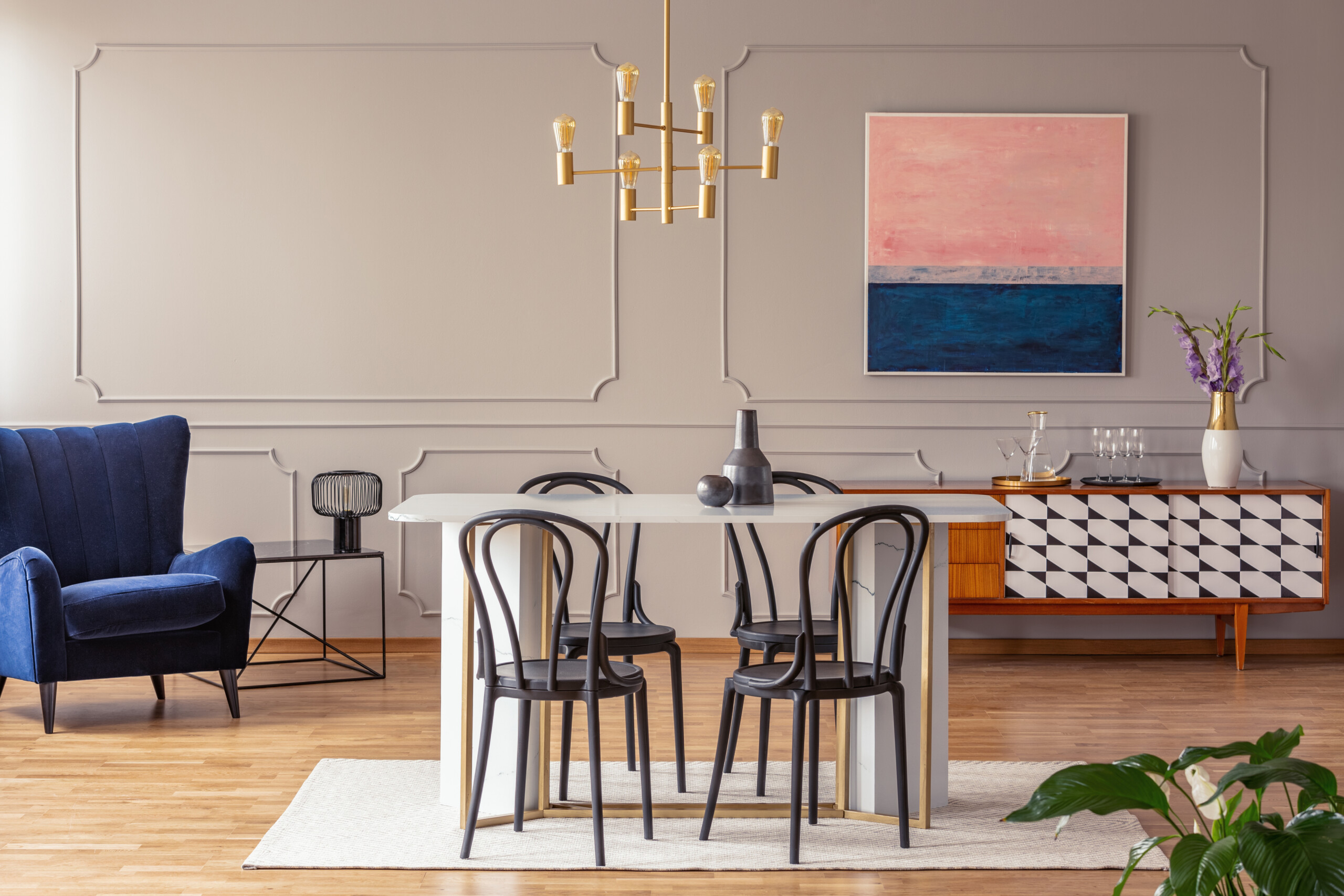
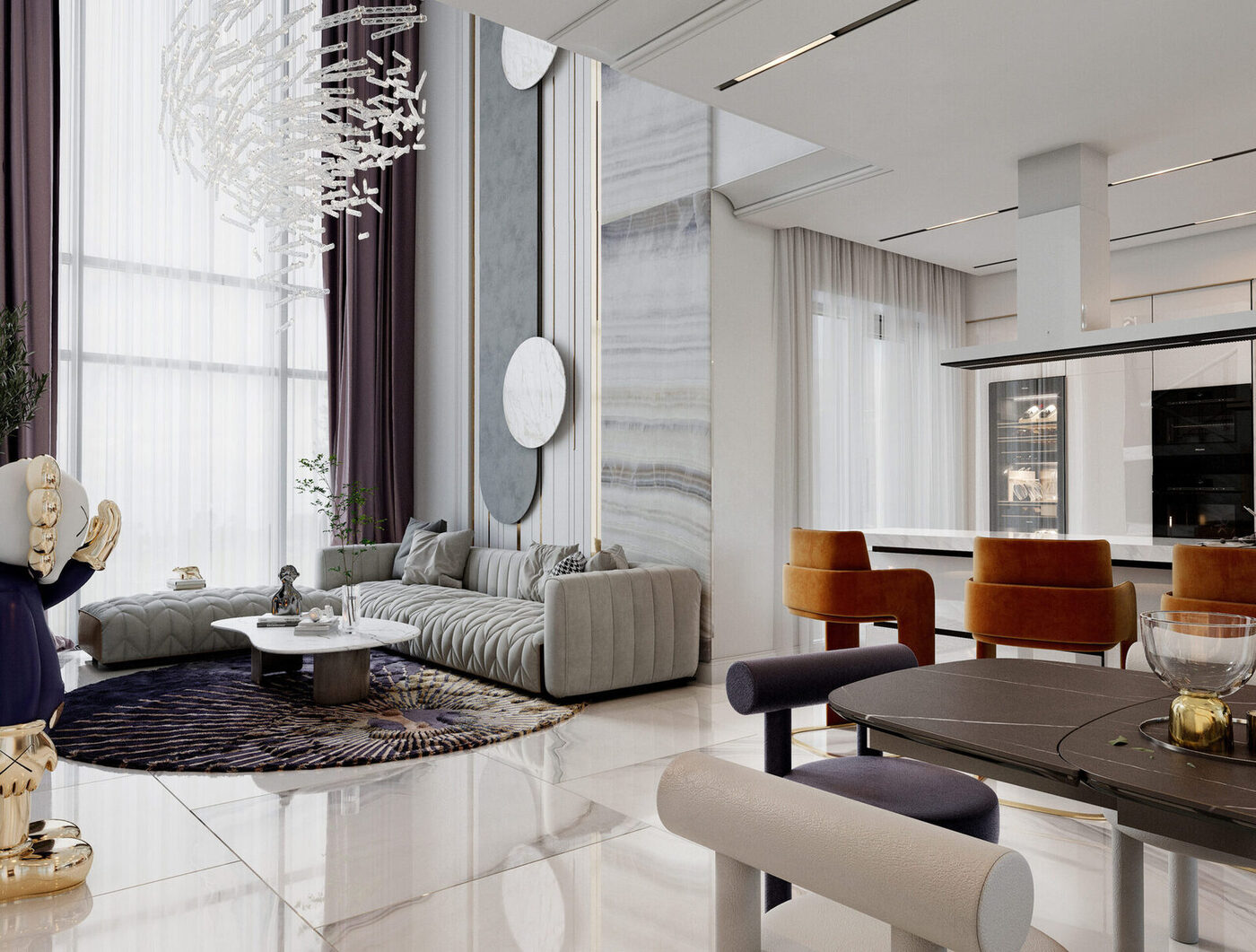
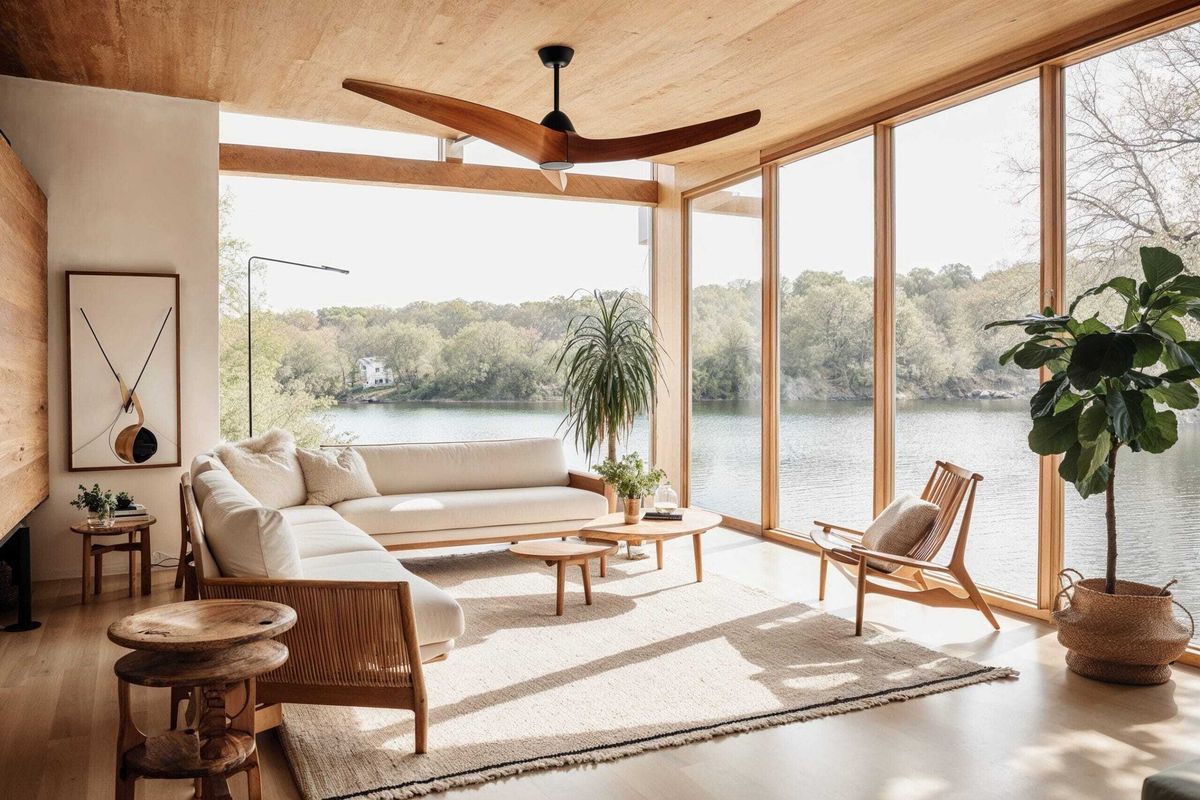
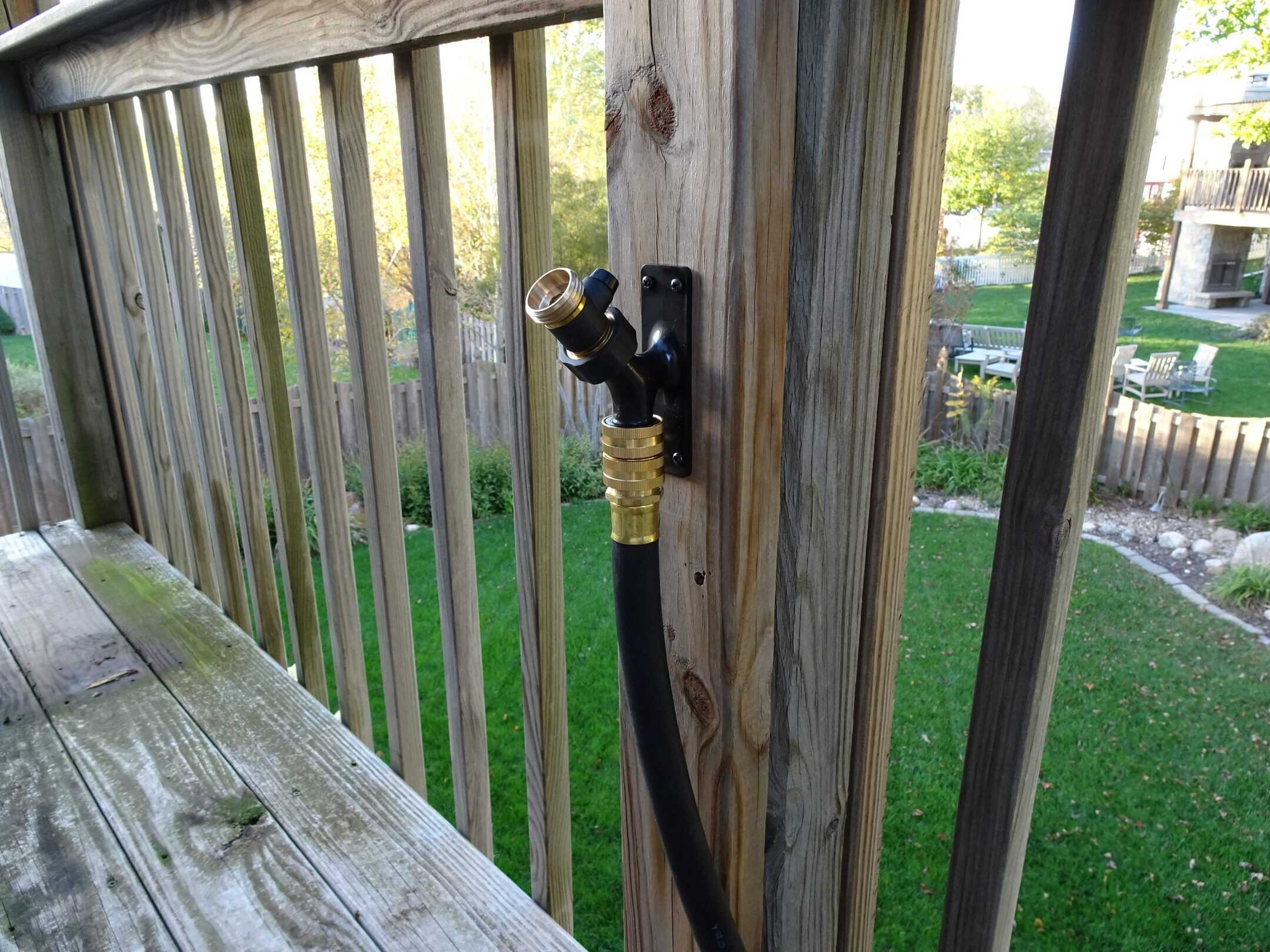
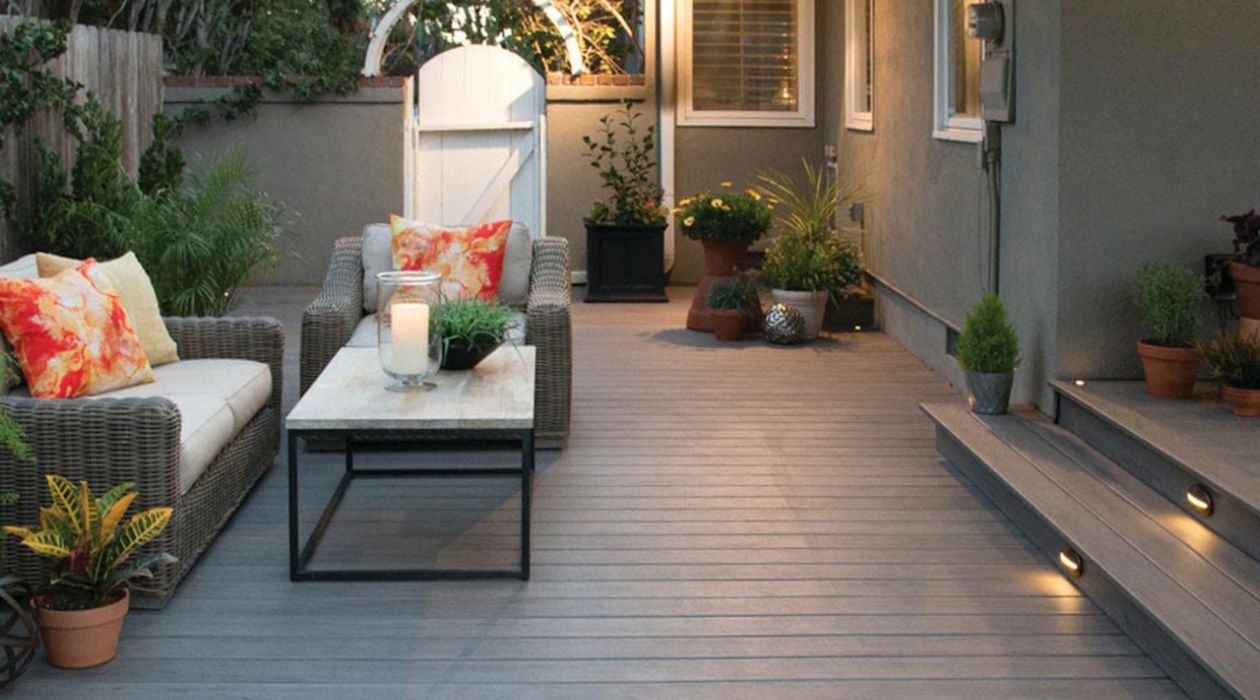
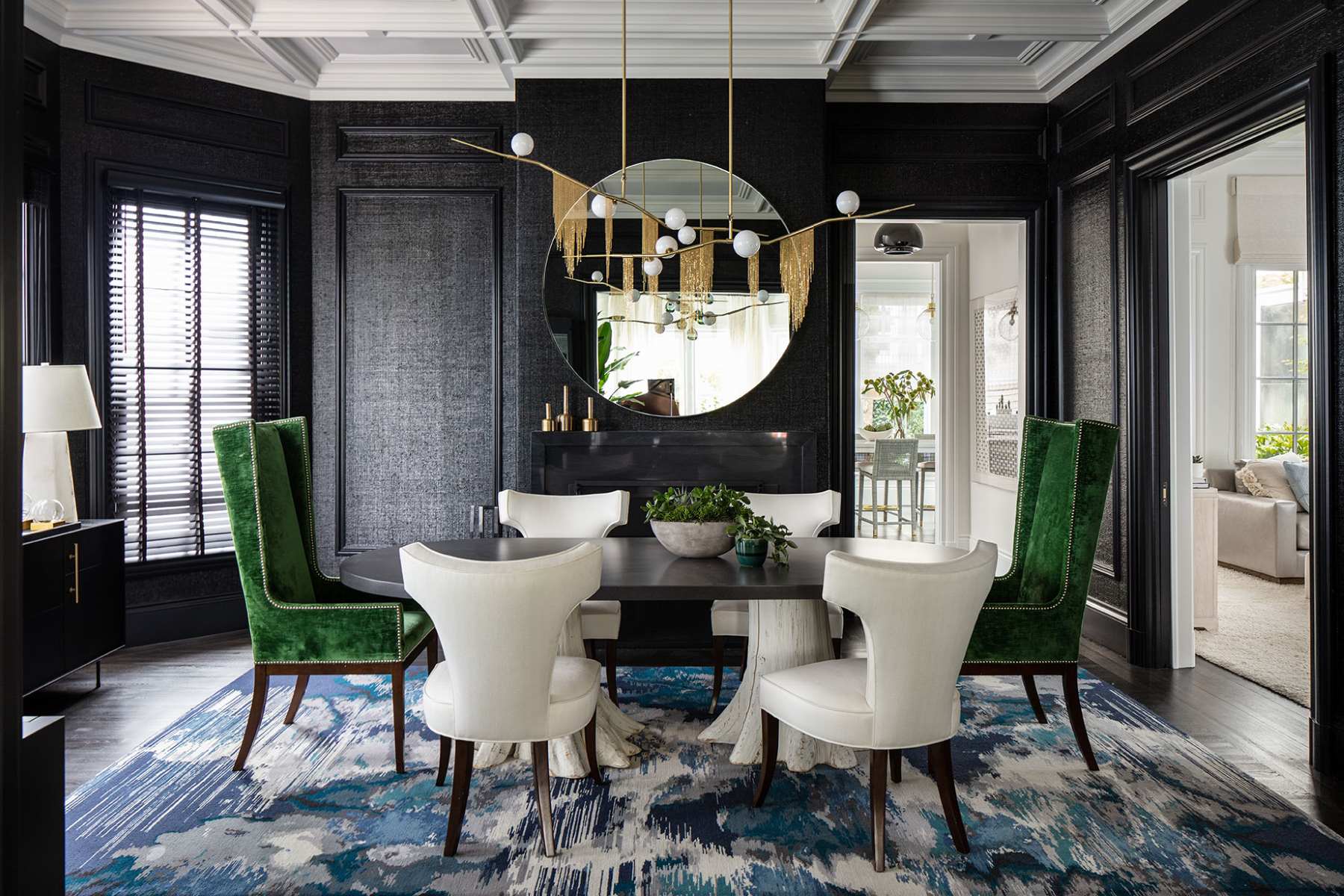
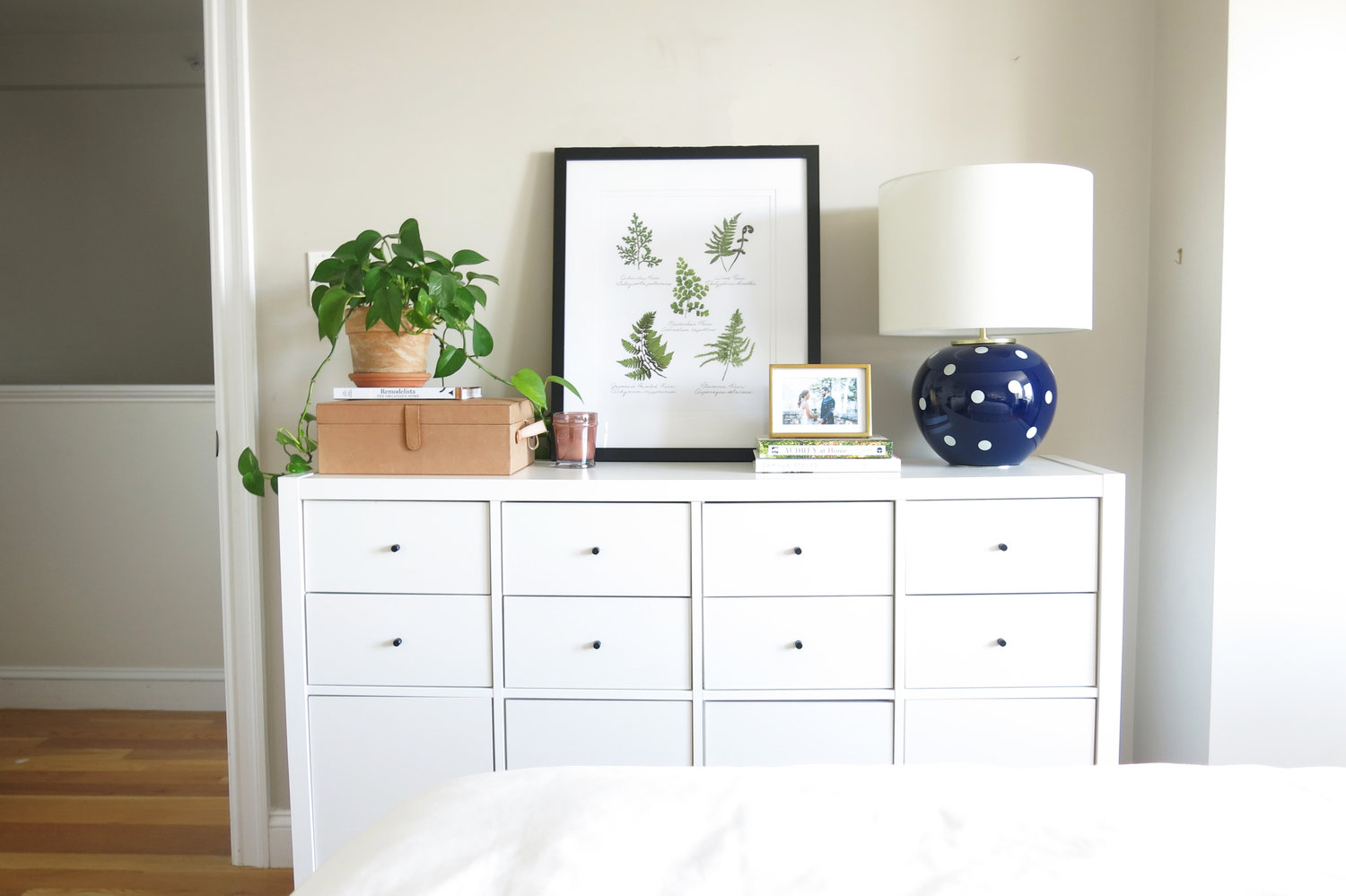
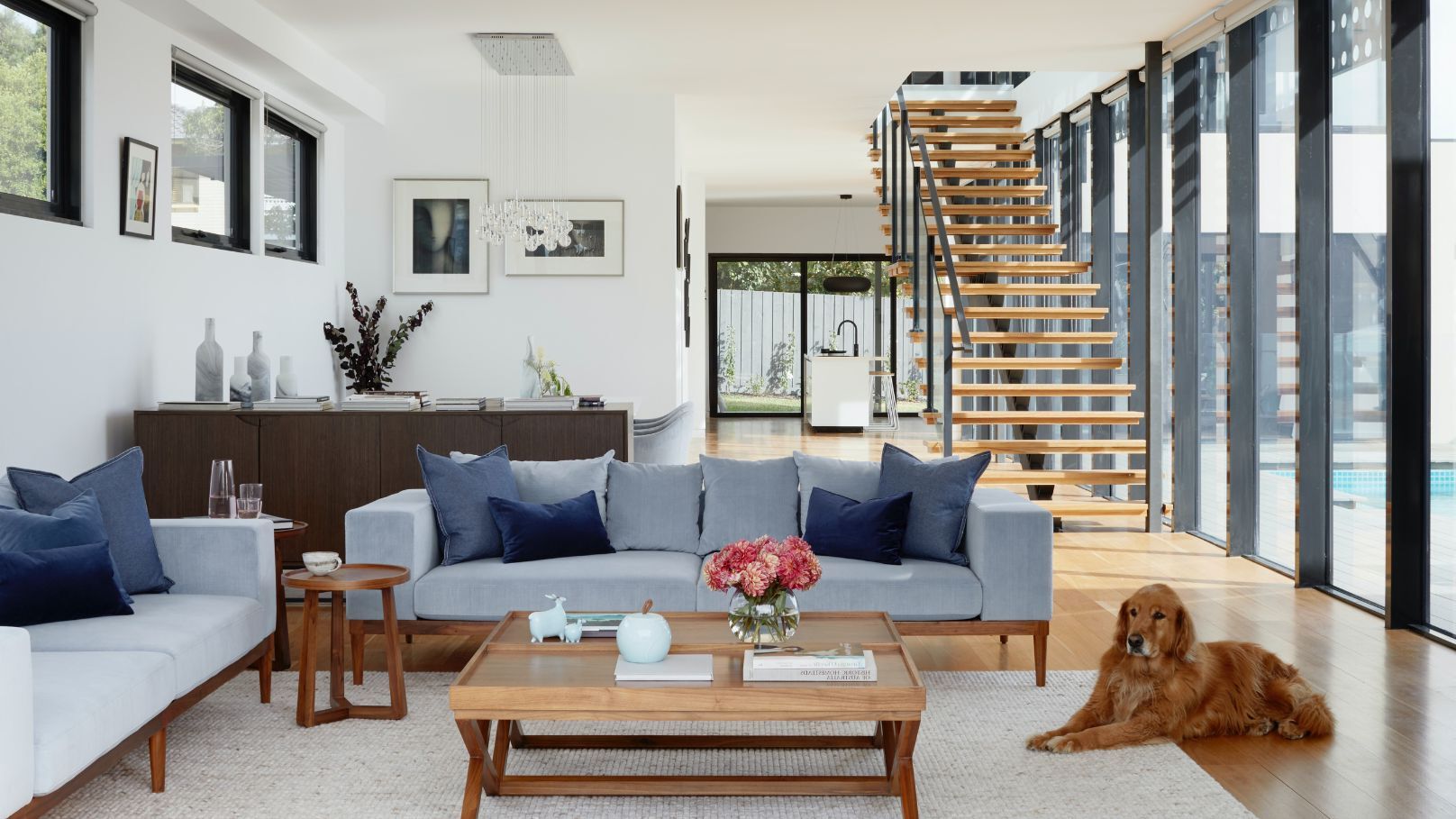
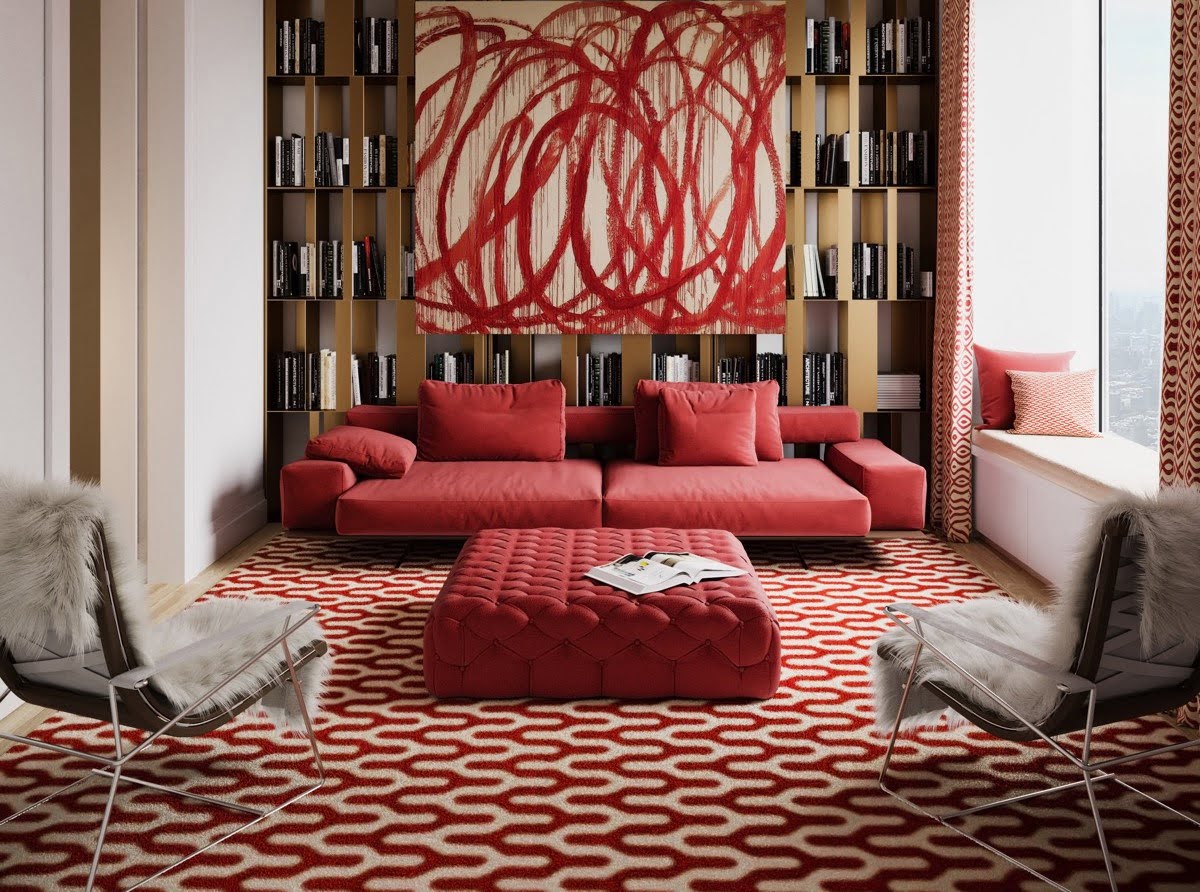
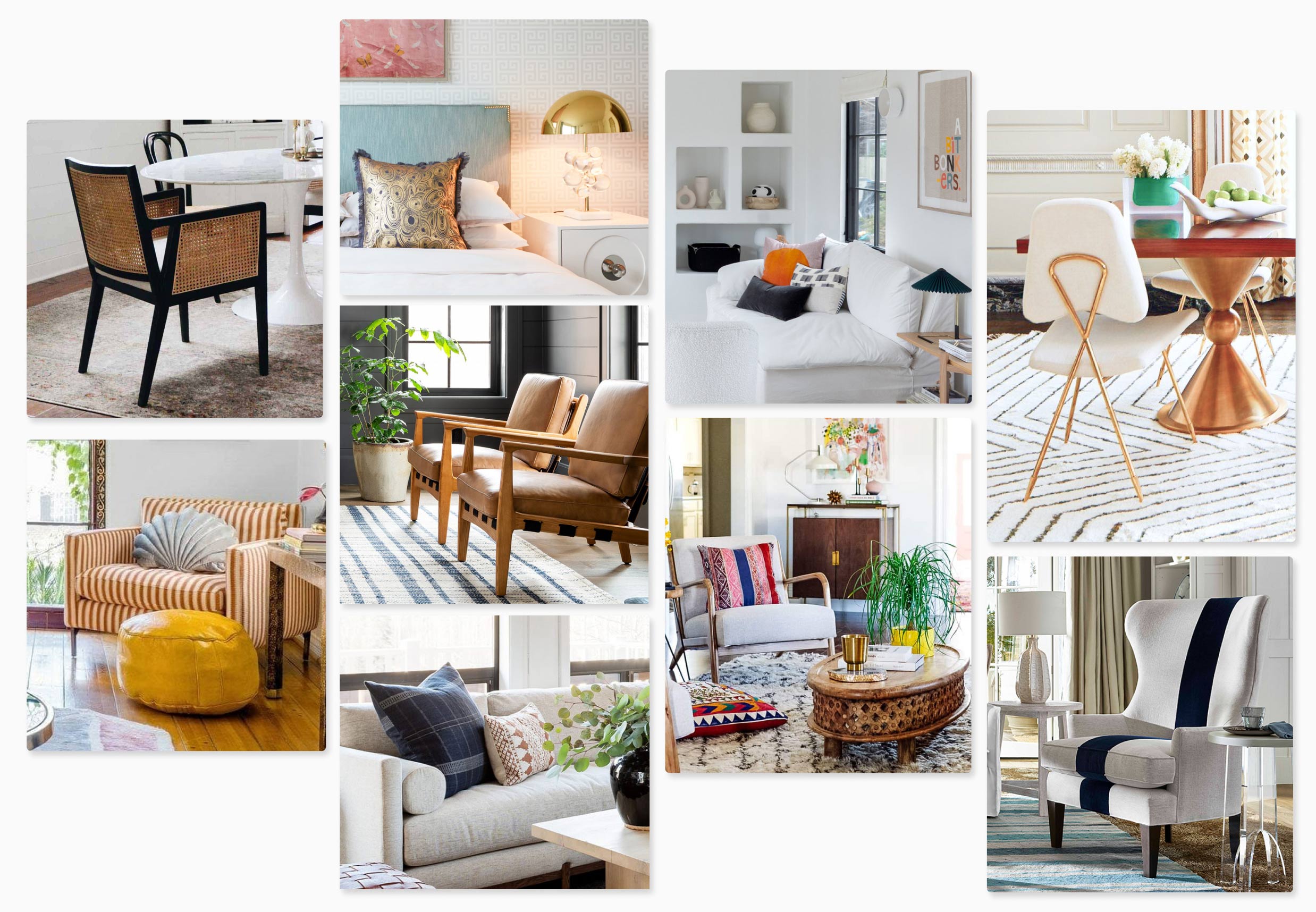
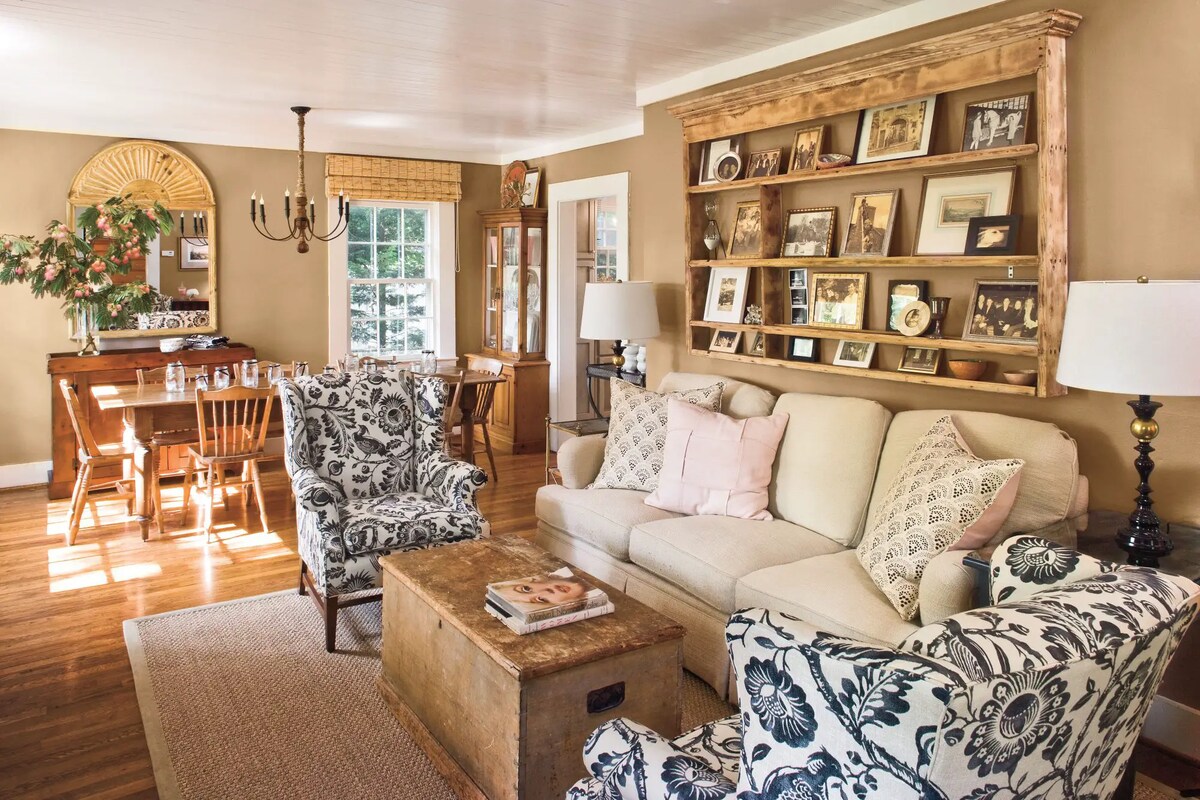

0 thoughts on “Outdoor Living: Extend Your Interior Style”